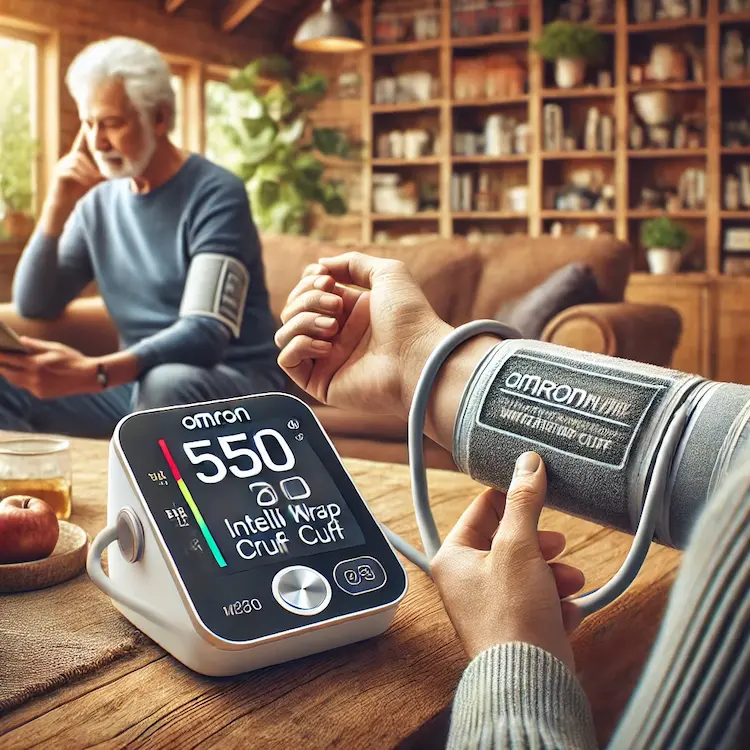Monitoring blood pressure at home is essential for individuals managing hypertension, heart conditions, or those simply aiming for proactive health tracking. Two of Omron’s most popular upper-arm blood pressure monitors, the Omron M500 vs Omron M3, cater to different user needs, but which one offers better long-term value?
While the Omron M500 vs Omron M3 is more affordable upfront, the M500 includes advanced features designed for greater accuracy, comfort, and long-term usability. This article thoroughly compares the two models to determine which provides better value for money over time.
Long-term blood pressure monitoring can:
Investing in a reliable, long-lasting blood pressure monitor is crucial, especially for individuals who need consistent readings over years, not months.

Both Omron M500 and Omron M3 are clinically validated and trusted by healthcare professionals. However, they have significant differences in terms of accuracy, features, and durability.
| Feature | Omron M500 | Omron M3 |
|---|---|---|
| Price | Higher (Premium Model) | Lower (Budget-Friendly) |
| Cuff Type | Intelli Wrap Cuff (360° Accuracy) | Standard Cuff |
| Cuff Size | 22–42 cm (Wider Range) | 22–42 cm |
| Memory Storage | 2 Users x 100 Readings Each | 2 Users x 60 Readings Each |
| Irregular Heartbeat Detection | Yes | Yes |
| Morning Hypertension Indicator | Yes | No |
| Smart Features (App Connectivity) | No | No |
| Ease of Use | Large Screen, Enhanced Comfort | Basic Interface |
| Battery Life | Long-Lasting | Moderate |
| Durability | Built for Frequent Use | Designed for General Use |
The Omron M500 features Intelli Wrap Cuff technology, ensuring accurate readings at any cuff position. The Omron M3 uses a standard cuff, which may lead to slight inaccuracies if not placed correctly.
For individuals relying on precise readings—especially those managing serious conditions—the M500’s superior accuracy justifies its higher price.
While both models are durable, the Omron M500 is built for frequent, long-term use, making it ideal for families or individuals needing daily readings.
Battery life also differs:
Long-term, the M500 may save money by reducing battery costs.
The larger screen and intuitive controls of the M500 also enhance usability, particularly for elderly users.
The M500 allows for more comprehensive long-term tracking, reducing the need to manually record readings.
While the Omron M3 is more budget-friendly initially, long-term factors like battery replacements, accuracy, durability, and convenience impact overall costs.
| Cost Factor | Omron M500 | Omron M3 |
|---|---|---|
| Initial Purchase Price | Higher | Lower |
| Battery Replacement Costs | Less Frequent | More Frequent |
| Replacement Cuff Cost | Less Likely | More Likely |
| Lifespan | 5+ Years | 3–5 Years |
Over time, the Omron M500 may be more cost-effective, despite its higher upfront price, due to reduced maintenance and fewer replacements.
